7 Heat-Tolerant Plants to Grow in Your Garden
So, without further ado, let’s take a look at some of the best heat-tolerant plants for Arizona!

In Arizona, the heat is no joke. With temperatures frequently rising beyond 100 degrees, it can be tough to keep your cool – let alone your plants. But if you’re looking for a heat-tolerant plant that can thrive in even the most blistering conditions, read on! These plants are perfect for adding a splash of color to your landscape, and they’re also great for providing shade and cooling down your home. So, without further ado, let’s take a look at some of the best heat-tolerant plants for Arizona!
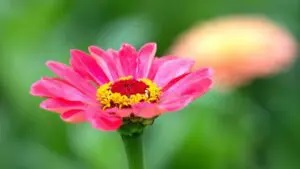
Zinnia
Zinnia is a heat-tolerant plant that can thrive in warm, sunny conditions. Although it originated in Mexico, it is widely grown across the United States. Zinnias come in many colors, including pink, red, purple, orange, yellow, lavender, white, and green and they have long been a favorite of gardeners. So if you’re searching for a plant that can add color to your garden during the hottest months of the year, consider Zinnias.
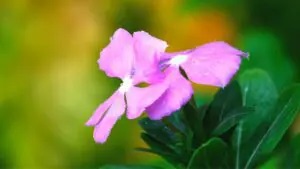
Periwinkle
Periwinkle is a heat-tolerant plant that is native to the Mediterranean region. Also known as Vinca minor, which is its scientific name. Periwinkle is a low-growing evergreen ground cover that can reach up to six inches in height. It has dark green leaves and blue or violet flowers. Periwinkles are often used as ornamental plants in gardens and parks. They are also heat-tolerant and drought-resistant, making them ideal for areas with hot summers.
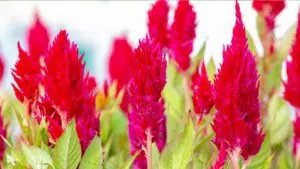
Amaranth
When the temperatures start to rise, most plants start to wilt. But not amaranth. This heat-tolerant plant is often found in tropical climates and thrives best at temperatures between 70 F and 85 F. It is a member of the Amaranthaceae family, which includes vegetables such as beets, Swiss chard, and quinoa. Amaranth is an annual plant that completes its life cycle in one growing season. It is a fast-growing plant and can reach heights of up to eight feet. One interesting fact about amaranth is its seeds are used to make flour and cereal. The amaranth plant’s leaves are also consumed for their nutritional value and are a popular addition to salads and other green leafy vegetable dishes.
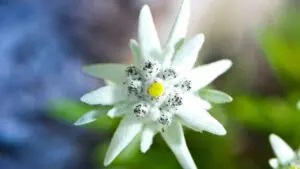
Edelweiss
Edelweiss is a heat-tolerant plant that is native to Europe. It is a member of the Asteraceae family, which includes other heat-tolerant plants such as daisies and sunflowers. Edelweiss grows in alpine meadows and mountains and can reach heights of up to two feet. The plant has white flowers with yellow centers, and its leaves are covered with white hair. Edelweiss is often used as an ornamental plant in gardens. It is also heat-tolerant and drought-resistant, making it ideal for hot, dry climates.
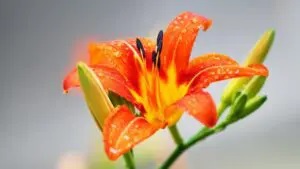
Daylily
Also known as the ‘lily of the day, this hardy flower gets its name from its habit of blooming for just one day. However, they can often bloom in Arizona throughout the summer months. The secret to their success is their thick tuberous roots, which store water and help the plant to withstand long periods of drought. The daylily is a tough plant that can tolerate extreme heat, making it a perfect addition to any Arizona garden.

Sunflower
Originally native to North America, sunflowers are now found all over the world. Not only do these cheerful flowers add a splash of color to yards and gardens, but they are also remarkably heat-tolerant. Sunflowers have deep roots that help them to access underground water sources, and their large leaves allow them to store water during periods of drought. They also have a high tolerance for heat, thanks to a special pigment that helps them reflect light. So the next time you’re feeling wilted by the summer heat, take a cue from the sunflower and embrace the power of positive thinking.

Bougainvillea
Ah, Bougainvillea. The plant says, “Hey, I’m in Arizona, and I’m not going anywhere.” With its heat-tolerant nature and ability to thrive in almost any type of soil, it’s no wonder this tough plant is a favorite of desert dwellers. But don’t let its hardiness fool you – Bougainvillea is also a thing of beauty, with its colorful flowers and cascading vines. No matter where you plant it, this versatile shrub will add a touch of Mediterranean flair to your landscape.
Whether you’re looking for a plant to add color to your landscape or one that can tolerate the harsh desert conditions, these plants are sure to please. So get out there and start planting!

